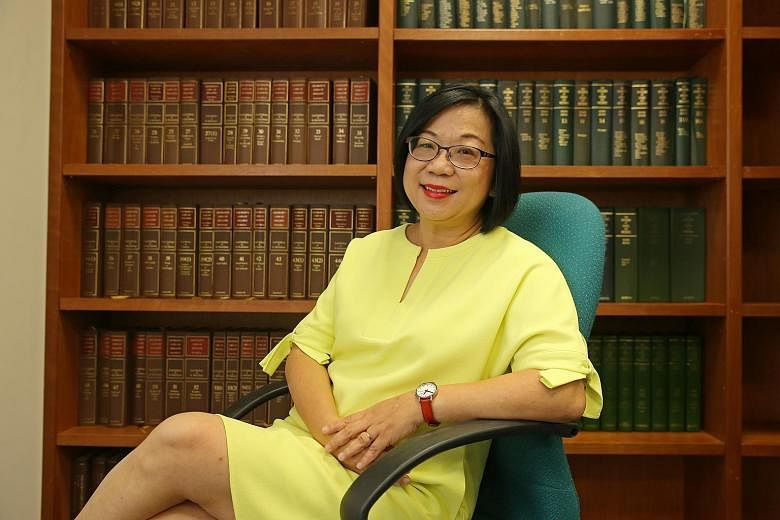SINGAPORE - After battling a rare form of nose cancer for more than six months, Mrs Jennifer Yeo, the wife of former foreign minister George Yeo, has no trace any more of her cancer.
In a Facebook post last August, Mrs Yeo, 59, revealed that she was diagnosed with a rare sinonasal cancer called sinonasal undifferentiated carcinoma.
She received treatment in Houston, Texas, at MD Anderson Cancer Centre, which has been ranked the top cancer hospital in the United States.
While there is no longer any trace of the cancer in Mrs Yeo, she will have to be "under close surveillance" in the first two years, said Mr Yeo in a Facebook post on Thursday (Feb 1).
About one in every 100,000 people worldwide are stricken with sinonasal tumours every year.
What is sinonasal undifferentiated carcinoma and how does it occur?
It is a rare cancer that develops in the sinuses of the head, specifically of the nasal cavity and/or paranasal sinuses, which are the air-filled spaces that surround the nasal cavity.
The paranasal sinuses are located within the bones of the skull and face, and are located under, above, between and behind the eyes.
The nasal cavity and paranasal sinuses are lined with a thin layer of tissue, which have tiny hairs that help push out dirt and other contaminants outside of the nasal cavity.
When cells from this layer of tissue form rapidly, this creates a mass or benign tumours. Some forms of cancer can emerge from these tumours, including sinonasal undifferentiated carcinoma.
What are the symptoms?
Bloody nose, runny nose, bulging eye, double vision, nasal obstruction and nasal infection.
What are the causes of this form of nose cancer?
The cause is still unknown.
However, the known risk factors for developing the cancer include breathing in certain substances while working, being infected with human papillomavirus and smoking.
Men older than 40 years old are also more at risk at developing the form of cancer.
Who are more likely to develop this form of cancer?
Based on current evidence and knowledge, the cancer is found in people in all countries more or less equally.
It is more common in men than women, and the average age of patients is 53 years old, based on studies published on the disease.
It is known to affect patients from 14 to 83 years old.
What is the prognosis for patients that develop this cancer?
Sinonasal undifferentiated carcinoma is known to be an aggressive form of cancer. This means that it grows rapidly and tends to spread into healthy tissues nearby and in distant parts of the body.
The earlier the cancer is discovered, the better the prognosis or survival chance of the patient.
However, many of the symptoms typically present themselves at an advanced stage of the cancer.
Patients who are younger, are female, or who do not smoke or drink alcohol tend to have a better survival chance.
What are the treatment options?
Treatment for the form of cancer is usually a combination of surgery to remove as much of the tumour as possible, and chemotherapy and/or radiotherapy to destroy any remaining cancer cells in the body.
Sources: National Organisation for Rare Disorders, Canadian Cancer Society, National Centre for Advancing Translational Sciences


